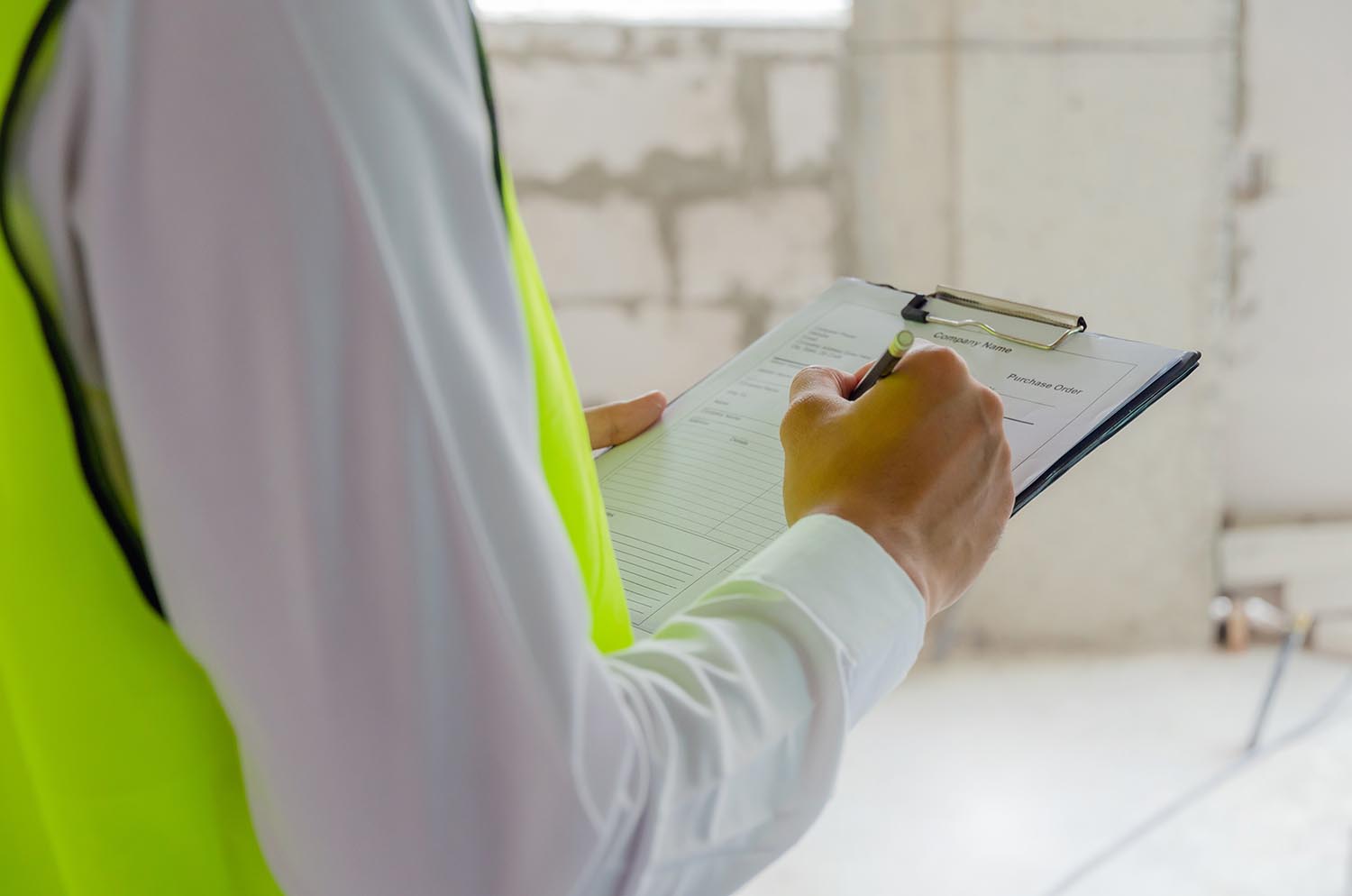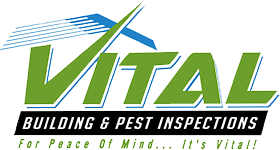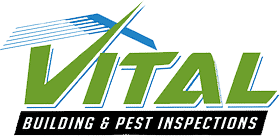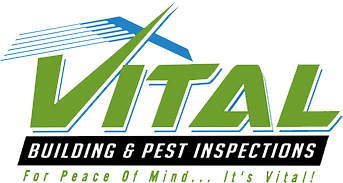Can a pest inspection find all pests in a property?
Why Pest inspection is Important
The role of a pest inspection in the buying or selling process is to identify any current or potential pest problems in a property. This information can be used by buyers to negotiate repairs or credits and by sellers, to make necessary repairs before listing the property
Common pests found in Sydney properties
Common examples of pests found in Sydney properties include termites, cockroaches, ants, rats, mice, birds, and bed bugs.
Scope of a pest inspection
A pest inspection typically covers the exterior and interior of the property, including the foundation, basement, crawl spaces, and attic. Some inspections may also include outbuildings and landscaping as part of the inspection process. The inspection should cover both visible and hidden areas where pests may be present.
Can a pest inspection find all pests?
Limitations of a pest inspection
A pest inspection is not a guarantee that all pests will be found due to potential limitations such as hidden or inaccessible pests, low numbers of certain pests, the skill and experience of the inspector, and the tools and equipment used during the inspection, however an experienced inspector will do their best to identify as many pest infestations present as possible.
Factors that can affect the thoroughness of an inspection
Factors that can affect the thoroughness of a pest inspection include the level of access granted to the inspector, the age and condition of the property, the time of year the inspection is conducted, and the skill and experience of the inspector.
Types of Pest Inspections
Visual inspection
A visual inspection is the most common type of pest inspection. It involves the inspector visually inspecting the property for signs of pests and pest damage. It may include the use of flashlights, mirrors, and other tools to access hard-to-reach areas.
Thermal imaging inspection
This inspection uses a thermal imaging camera to detect temperature differences that may indicate the presence of pests. It can be useful for detecting termites and other pests that are hidden behind walls or in inaccessible areas.


Moisture meter inspection
Moisture meter inspections use a moisture meter to detect moisture levels in the property. High moisture levels can be a sign of pests or pest activity, as many pests are attracted to moisture, which is especially common for termites.
Borescope inspection
This type of inspection involves inserting a small camera into tight spaces to inspect for pests. It can be useful for inspecting hard-to-reach areas such as inside walls or beneath floorboards.
How to prepare for a pest inspection
To prepare for a pest inspection, it is recommended to repair any visible pest damage, seal any cracks or openings in the exterior of the property, clean the property and declutter to allow the inspector better access to all areas, and remove any items blocking access to crawl spaces, attics, or basements. During the inspection, it is helpful to accompany the inspector, be prepared to discuss any previous pest treatments or issues, keep a record of any repairs or pest treatments made before the inspection, and consider asking the inspector for recommendations on how to prevent future pest issues.
Things to fix before the inspection
- Repair any visible pest damage, such as holes in walls or damaged wood
- Seal any cracks or openings in the exterior of the property to prevent pests from entering
- Clean the property and declutter to allow the inspector better access to all areas
- Remove any items blocking access to crawl spaces, attics, or basements

Things to consider during the inspection
- Accompany the inspector to ask questions and learn about any pests or issues found
- Be prepared to discuss any previous pest treatments or issues with the inspector
- Keep a record of any repairs or pest treatments made before the inspection
- Consider asking the inspector for recommendations on how to prevent future pest issues
Pest inspection report
A pest inspection report should include a detailed description of the property and its condition, a list of pests and pest damage found during the inspection, photos or diagrams illustrating the pests or damage found, recommendations for pest treatment or repairs, and a summary of the overall condition of the property in relation to pests. It is important to carefully review and interpret the report to determine the severity of any pest issues, consider the cost and feasibility of making necessary repairs or treatments, and take into account the recommendations of the inspector and any additional resources or expertise needed to address the issue.
What to expect in the report
- A detailed description of the property and its condition
- A list of pests and pest damage found during the inspection
- Photos or diagrams illustrating the pests or damage found
- Recommendations for pest treatment or repairs
- A summary of the overall condition of the property in relation to pests

How to interpret the report
- Determine the severity of the pest issues identified in the report
- Consider the cost and feasibility of making any necessary repairs or treatments
- Take into account the recommendations of the inspector and any additional resources or expertise needed to address the issues.
Next steps after receiving the report
- If you are a buyer, use the report to negotiate repairs or credits with the seller
- If you are a seller, consider making necessary repairs or treatments before listing the property
- If the property is clear of pests, consider implementing ongoing pest management measures to prevent future issues.
The Importance of a comprehensive pest inspection
A comprehensive pest inspection can identify current and potential pest problems in a property, providing important information for both buyers and sellers to make informed decisions. Investing in a thorough inspection can save time, money, and stress in the long run by identifying and addressing pest issues early on. Investing in a thorough inspection can provide benefits for both buyers and sellers, as buyers can use the inspection to negotiate repairs or credits with the seller, sellers can make necessary repairs before listing the property to avoid delays or issues during the sale process, and both parties can have peace of mind knowing the property is free of pests or that any pest issues have been properly addressed.
Professional pest inspections and reports Sydney
Vital Building Inspections Sydney is the leading choice for building inspections in Sydney. With over 18 years of experience in the building industry, our team is dedicated to providing you with complete peace of mind about the safety and condition of your property. We are skilled in assessing, repairing, and renovating properties with structural issues or damage from substandard construction, ageing, environmental elements, or pests. Choose Vital Building Inspections Sydney for a thorough and comprehensive building inspection that goes beyond the basics.


